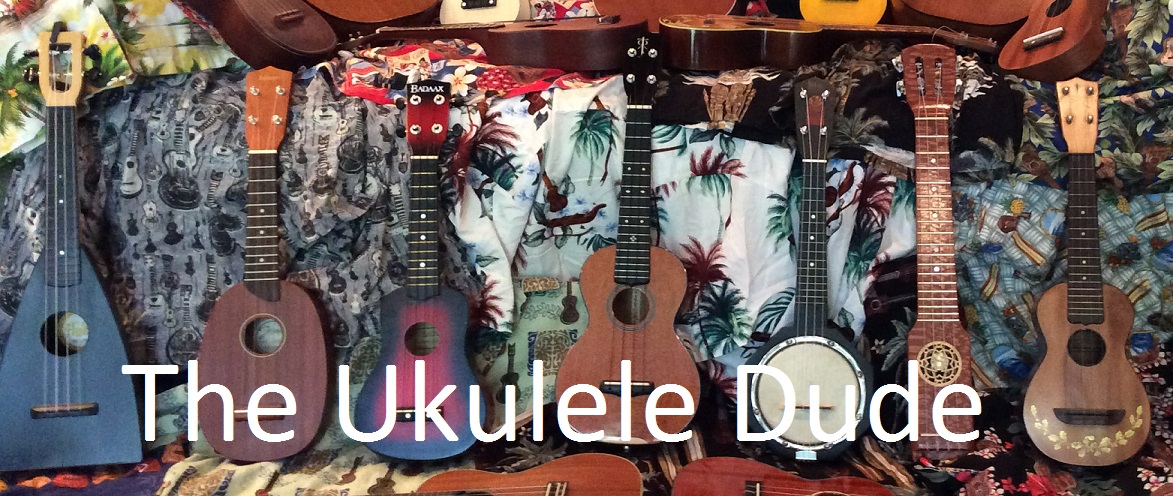So, you looked at my article Identify Your Vintage Martin and determined what Style your Martin is. And now, like the dozens of people who send me emails, you want to figure out what year that ukulele was manufactured.
While each of the specific styles have their own characteristics that can help identify their age, this article describes some of the common factors across the styles that can narrow down the time frames. And, as always, there are exceptions to the general rules. Specifics by style will be found in future articles.
Fret marker location. When they began making ukuleles, Martin marked the frets at 3, 5 and 9. In 1920, they moved the fret marker at 9 to the 10th fret.
The inside stamp. The inside stamp ran parallel to the strings until mid-1916, at which point they turned it to run parallel to the interior brace. If the stamp inside the sound hole includes the words “Made in the U.S.A.” as a third line, you know that it was manufactured after 1959.
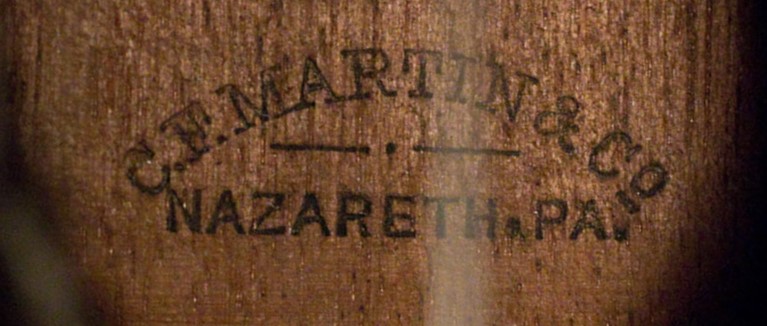
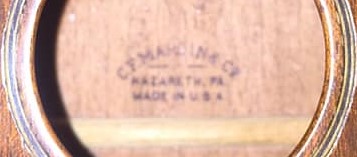
Head markings. Originally Martin imprinted the back of the head stock with their logo. They stopped the impressions shortly after they started adding the decals, so if there is no imprint on the back, it was made after 1934. The newer models made since 2000’s have again started using the imprint on the back of the head. Check the inside stamp and if it says Made In USA, you know it is a recent one.
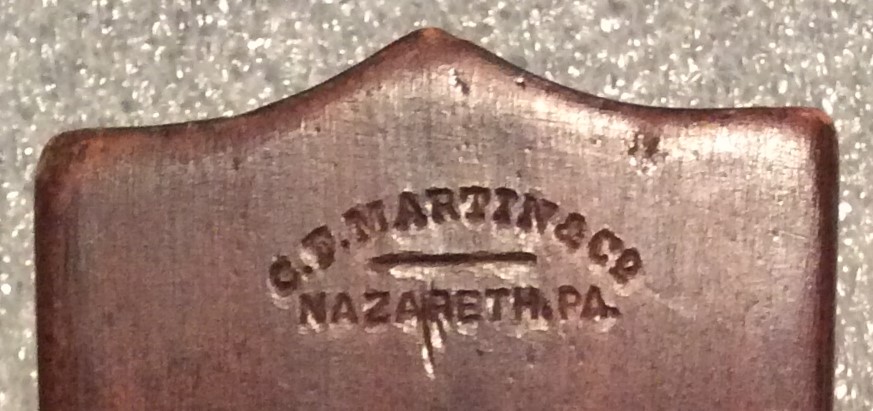
Decals. Martin started using decals in 1932. So if there is no decal, it was made prior to that date. The original decal they used was the same as the one used for the guitars which was large and was a pretty tight fit. In 1934 they obtained smaller decals for the ukuleles. And be aware that decals can always be added or removed fairly easily without leaving a trace.
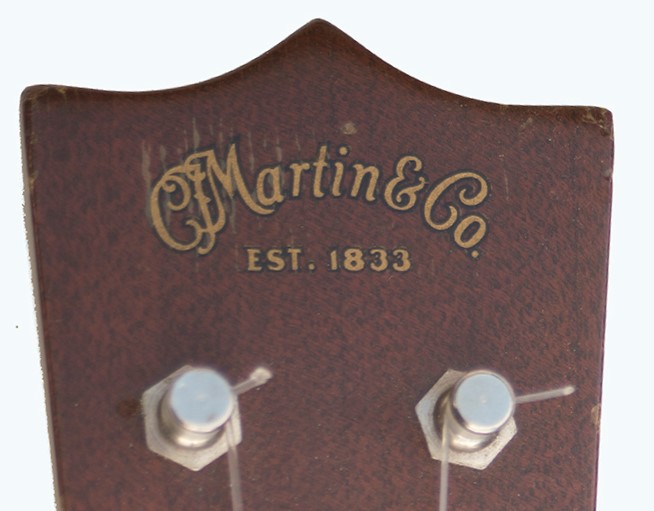
Fret Marker Size – In 1945 the fret markers on the Style 0, Style 1 and Style 2 were made a bit larger. I have access to several of the earlier ones, but would appreciate getting some measurements from the older ones to be able to provide a specific size measurement.
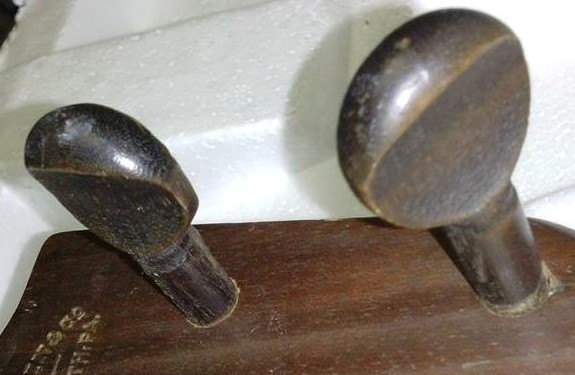
Fret Type – Before 1947, the ukulele frets were bar frets, Looking from the side of the fret board, you would see a rectangular cross section. In 1947 and after T-frets were used. From the side a T-fret looks more like a mushroom.
Tuners. The type of tuner is probably one of the least reliable items that can be used to date an instrument. The biggest reason is that it is so easy to swap out a set of tuners for something different. In general, tuning pegs of ‘ebonized’ maple (they stained them black) were used until the mid-1920’s, after which the barrel tuners of various type were employed. There are some special models prior to that made for specific customers. There is also indication that during World War II, some instruments were made with the old tuning pegs. I’ll address the various types of tuners with the various styles.
All photographs are from requests made by readers asking for help identifying their instruments. Information is derived from “The Martin Ukulele: The Little Instrument That Helped Create a Guitar Giant” by Tom Walsh & John King.
